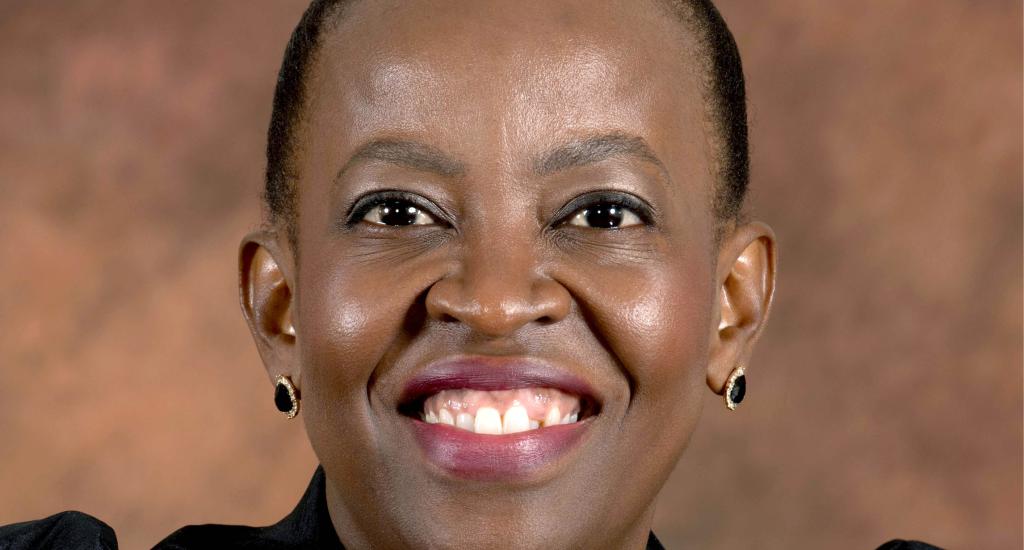Development Indicators 2024 Report reveals gains, gaps and the path ahead

Following the Opening of Parliament Address in July 2024, President Cyril Ramaphosa
announced the Strategic Priorities for the 7th Administration, which are: inclusive growth and job creation; reducing poverty and tackling the high cost of living; and building a capable, ethical and developmental state.
These priorities form the foundation of the Medium-Term Development Plan (MTDP) 2024 – 2029, a five-year plan designed to propel South Africa towards the National Development Plan (NDP) Vision 2030. The Development Indicators (DI) 2024 Report is the latest in a series tracking progress against the NDP. It serves both as a baseline for the 2024 – 2029 MTDP and as a close–out assessment for the 2019 – 2024 Medium-Term Strategic Framework (6th Administration).
Progress made
Using insights from the 30-Year Review of South Africa’s Democracy, government engaged with various sectors of society to gather diverse perspectives on achievements, lessons and the roadmap for the future. These engagements confirmed the complexities involved in assessing development progress, yet they reaffirmed the nation’s progress toward societal transformation while highlighting persistent challenges that constrain the attainment of development goals.
Evidence presented in the report reflects these realities. It provides critical insights into South Africa’s current development trajectory and assesses the extent to which key issues are addressed in government’s existing plans.
Falling behind
Notably, none of the high-level NDP targets for reducing unemployment, poverty and inequality are currently on track to meet the 2030 goals. Achieving these will depend on sustained, higher economic growth and creating massive employment opportunities in line with the target of 11 million additional jobs (2012 – 2030). Using an expanded set of 85 indicators, the report shows that 13 indicators (15%) are on track to meet their NDP 2030 targets, while 31 (36%) show promising progress, and 41 indicators (48%) are unlikely to meet their targets by 2030, as they are either stagnant, regressing or lack clear quantitative benchmarks for measurement. Situating this within a global context, as of 2024, only 17% of the SDGs were assessed to be on track globally and nearly half of the goals show minimal or moderate progress, while one-third have either stalled or regressed.
Strategic opportunities
Key areas of progress identified in the DI 2024 Report represent strategic opportunities to accelerate implementation through the MTDP 2024 – 2029:
Progress in the infrastructure development pipeline, comprising 268 projects, of which 13 have been completed and over 80 are under implementation across energy, water, human settlements, roads, rail and ports. Government has committed R943.8 billion between 2024 and 2027 to this pipeline.
Expansion of access to basic services through annual new household connections to meet growing demand. Currently, over 80% of households have access to electricity, water and sanitation.
Continued contribution of public employment programmes, notably the Expanded Public Works Programme and the Presidential Employment Stimulus.
Near-universal mobile network coverage, including the increasing uptake of 5G technology.
Sustained growth in gross tax revenue, improved tax compliance, and positive audit outcomes at national and provincial levels over the past five years.
Progress in access to Early Childhood Development for children aged 5 to 6; near-universal access to basic education for the compulsory school-age cohort (ages 7 to 15); and gender parity in enrolment and completion rates across various education levels.
Expanded access to healthcare and trend of improved health outcomes, including gains in life expectancy and reductions in maternal and child mortality.
An expanded, more diverse and transformed labour force achieved through progressive labour laws advancing representation across race, gender, age and skills.
Policies and interventions advancing the rights and opportunities of women, youth and persons with disabilities.
Impact of expanded social assistance in reducing poverty and enhancing human capabilities.
South Africa’s international positioning and economic diplomacy, including opportunities in BRICS+ and the African Continental Free Trade Area. Global achievements in sports, politics, science and the arts boost national pride and social cohesion.
Progress in land reform, with 19.3 million hectares transferred by August 2024, achieving 78.1% of the NDP target.
Environmental sustainability gains, with Greenhouse Gas Emissions remaining within the Nationally Determined Contribution target range of 398 – 510 Megatonnes of carbon dioxide equivalent, and expansion of the marine and terrestrial biodiversity areas.
Challenges
These accomplishments are a result of progressive government policies and contributions from non-state actors, including non-governmental organisations, civil society organisations, the private sector and the international community. While the NDP remains South Africa’s long-term plan, key assumptions underpinning its adoption in 2012 have since shifted. These include demographic changes, the impact of the COVID–19 pandemic and wider global disruptions.
South Africa’s population reached 63.02 million in mid–2024, with significant shifts due to urbanisation and immigration. Approximately 50% of the population now resides in 17 major urban centres, doubling the number of households to 19 million and reducing average household size over three decades. This trend has intensified demand for infrastructure, particularly in human settlement, education and healthcare. Global geopolitical and trade disruptions continue to challenge growth projections, underscoring the need for ongoing review and adaptation. Processes for long-term planning for beyond 2030 also need to be initiated, building on the pronouncement of the National Dialogue by the President.
Targeted interventions
As the 7th Administration begins its term, the MTDP identifies strategic opportunities to accelerate progress by building on strengths and addressing critical challenges through targeted interventions. Government aims to implement an integrated economic growth strategy anchored in accelerated structural reforms to foster private sector investment, innovation, productivity and international competitiveness.
To date, the Operation Vulindlela structural reforms have unlocked approximately R500 billion in new investments, which include 22 500 megawatts private investment pipeline in renewable energy; opening up private sector participation in port container terminals and later rail services; a 51% reduction in communications data costs for a 1.5 gigabytes bundle; streamlined water use licensing processes and a transparent water quality monitoring system; and expansion of the eVisa system to 34 countries, boosting tourism and skills mobility.
Industrialisation efforts will target labour-intensive sectors such as business services, agriculture, manufacturing and mining, alongside masterplans in key areas. Job creation will be supported through active labour market interventions, and public employment programmes as well as skills development in emerging industries, such as digital services, oil and gas, biotechnology, green technologies, healthcare, medical devices and cultural industries like music and film production.
International relations will be leveraged to attract investment, expand exports, promote tourism and develop technological capabilities. The ultimate test of this strategy will be to sustain South Africa’s position as Africa’s largest economy, enhance the global competitiveness of key sectors and city regions (such as Johannesburg, Cape Town and Durban), and achieve inclusive employment growth.
Strengthening state capacity
Strengthening state capacity is critical for effective implementation. Local government must improve quality and reliability of basic services; digital public infrastructure must broaden connectivity and inclusion; and city regions must foster dynamic, business-friendly environments.
Inclusive growth is essential to ensure that no one is left behind – requiring job creation, higher household incomes and improved wellbeing for all citizens. Achieving these demands, addressing the unequal ownership of economic assets and access to opportunities through accelerated redress, economic empowerment and spatial transformation to uplift the previously marginalised groups. Prioritising women, youth, and persons with disabilities will be central to these efforts.
By working together, South Africa can build a nation where every citizen has an opportunity to thrive.




